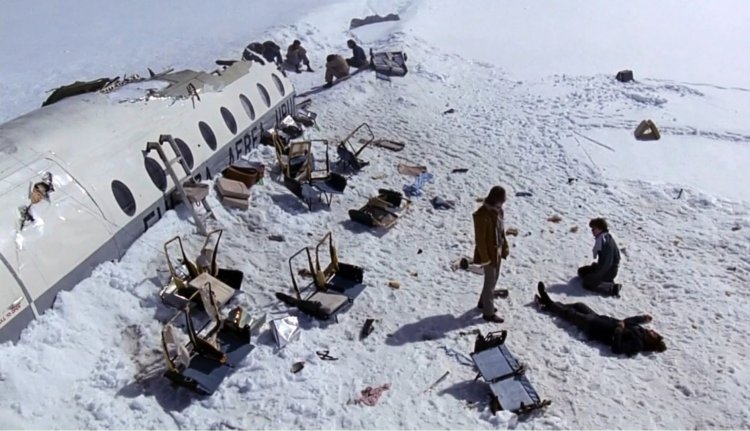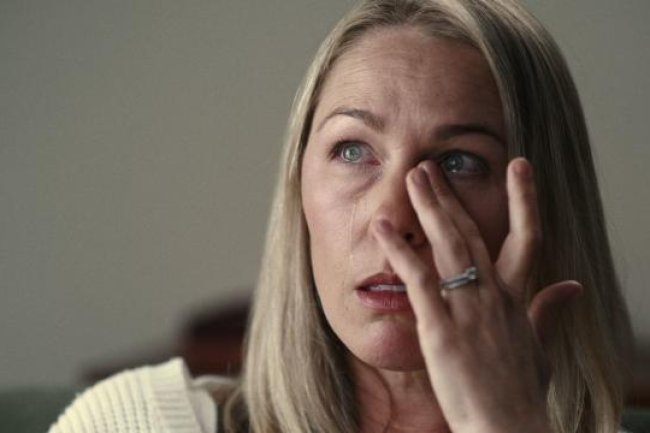Society of the Snow: J.A. Bayona's Cinematic Journey into Survival and Morality
In crafting the film "Society of the Snow", director J.A. Bayona delved deep into a question of profound complexity: What drives a filmmaker to revisit a horrific

globally-known real-life catastrophe? Known for his work on the Oscar-nominated "The Impossible" and the blockbuster "Jurassic World: Fallen Kingdom", Bayona approached this project with a mix of hesitation and determination. The film revisits the harrowing 1972 Uruguayan plane crash in the Andes. Over 72 days, more than two dozen passengers, isolated in the mountains, fought for survival. Bayona's exploration is not just about survival; it's imbued with moral and spiritual nuances. "There was something in this story that hadn't been told yet," Bayona shared with Vanity Fair.
The foundation of Bayona's film is Pablo Vierci's 2009 book, also titled "Society of the Snow". Vierci's book, offering a retrospective view, serves as a critical resource for Bayona. However, the film's approach is much more visceral. It starts in Uruguay, focusing on the rugby players whose lives would soon hinge on unity and resilience. Bayona then masterfully recreates the flight disaster, drawing from the book and interviews with the survivors. The film, shot extensively in the Sierra Nevada by DP Pedro Luque, captures the vast isolation, the extreme survival measures, and the creeping sense of hopelessness.
This dramatic retelling isn't just a tale of survival; it's a journey back in time, attempting to close a chapter on a tragic event. Follow the conversation and stay updated on this powerful cinematic experience with hashtags like #SocietyOfTheSnow, #JABayona, and #SurvivalStories.
What's Your Reaction?






















